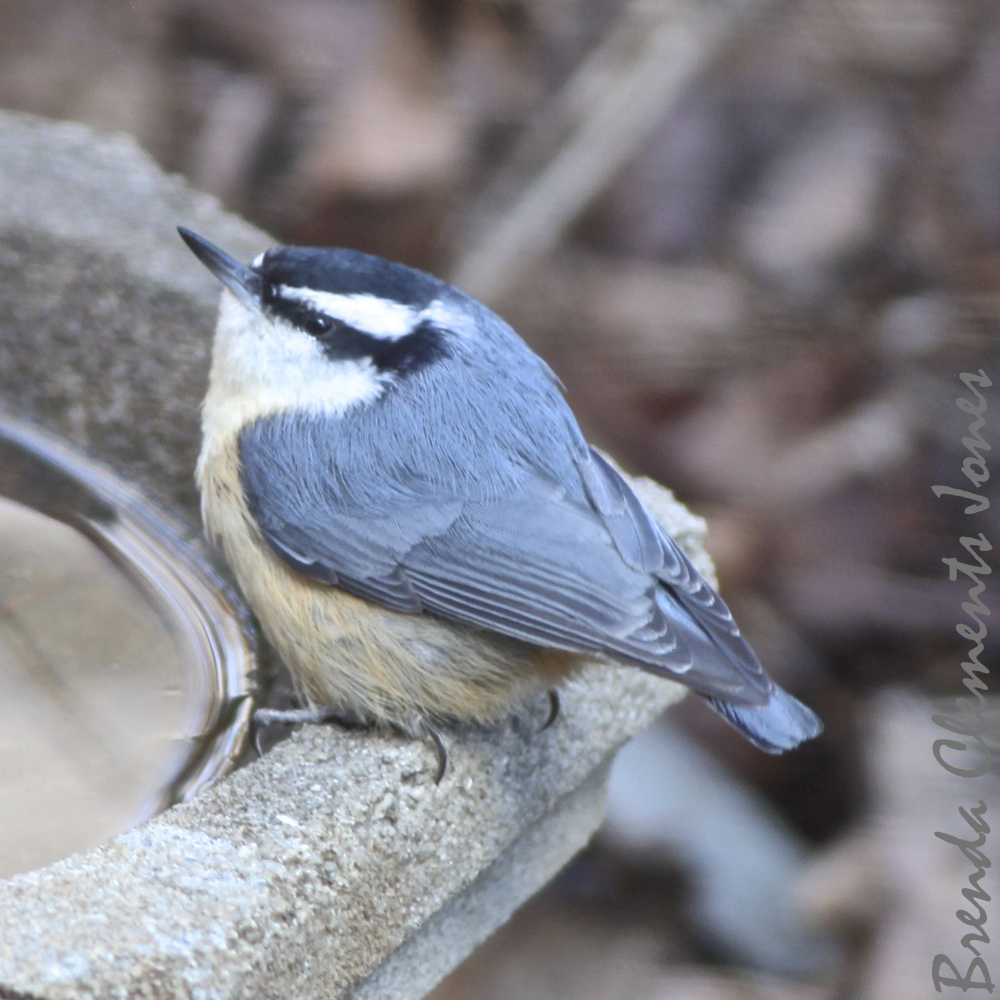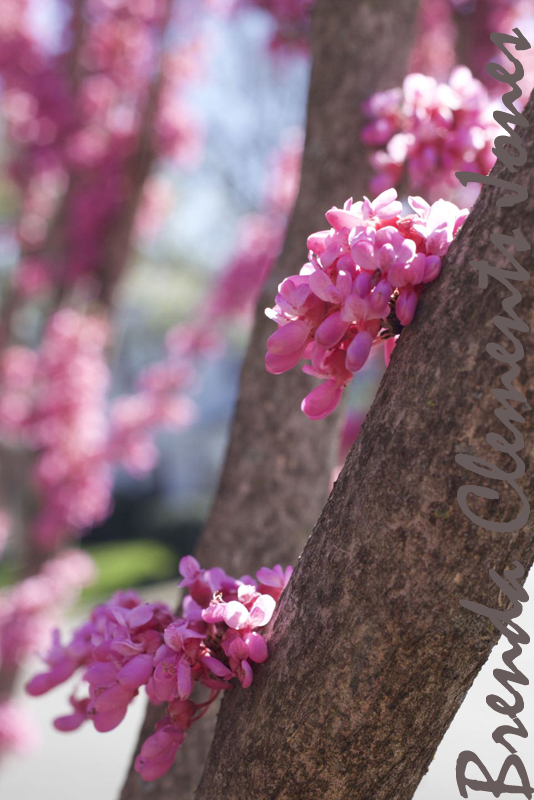-
Winter Aconite
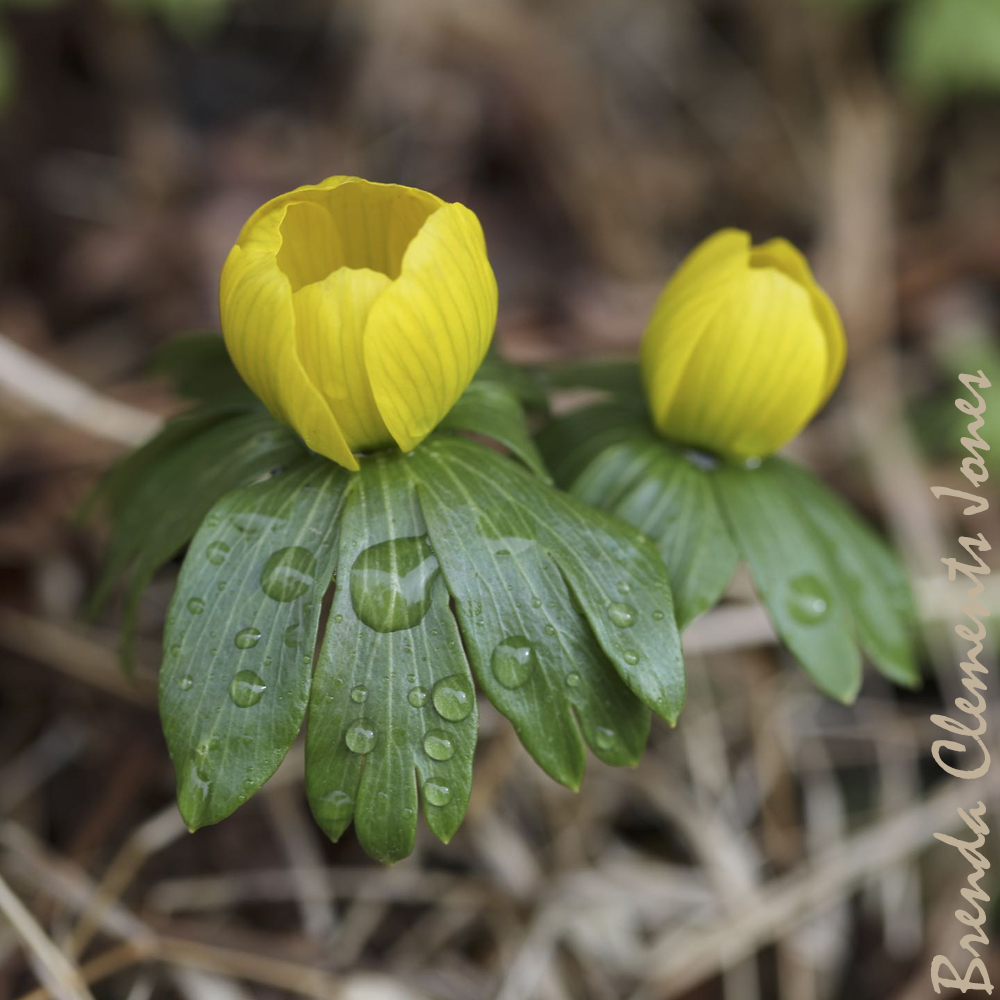
The same day that I first heard the raucous clacking of wood frogs coming from the pond, my Winter Aconites (Eranthis hyemalis) were beginning to bloom. Just hours before meteorological spring was about to begin. These small screaming yellow beauties were a gift from a dear friend years ago. Since then they have won my…
-
Bloodroot
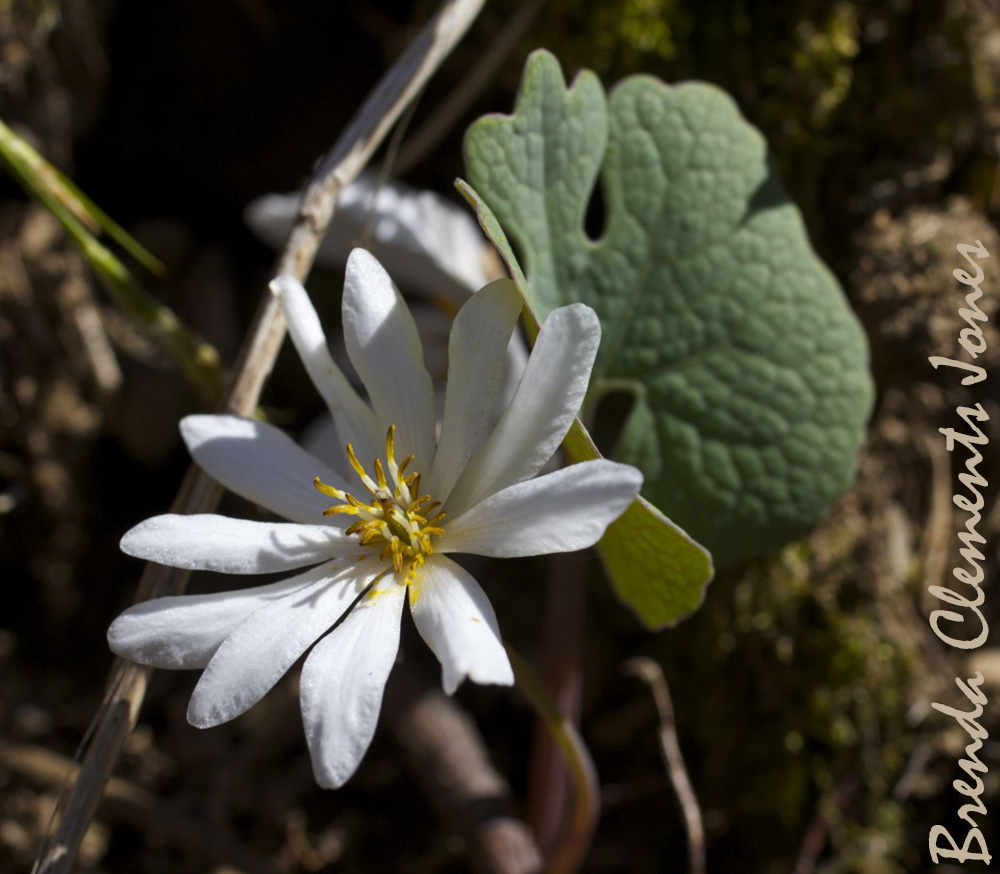
It’s hard for me to believe since I’ve still got snow on the ground, but spring is nearly here. At least meteorological spring. It arrives on March 1. The weather here is assuredly unpredictable. We’ll see what the month of March brings forth. Spring or more winter? But plants will be sprouting no matter. One…
-
Yellow-rumped Warblers
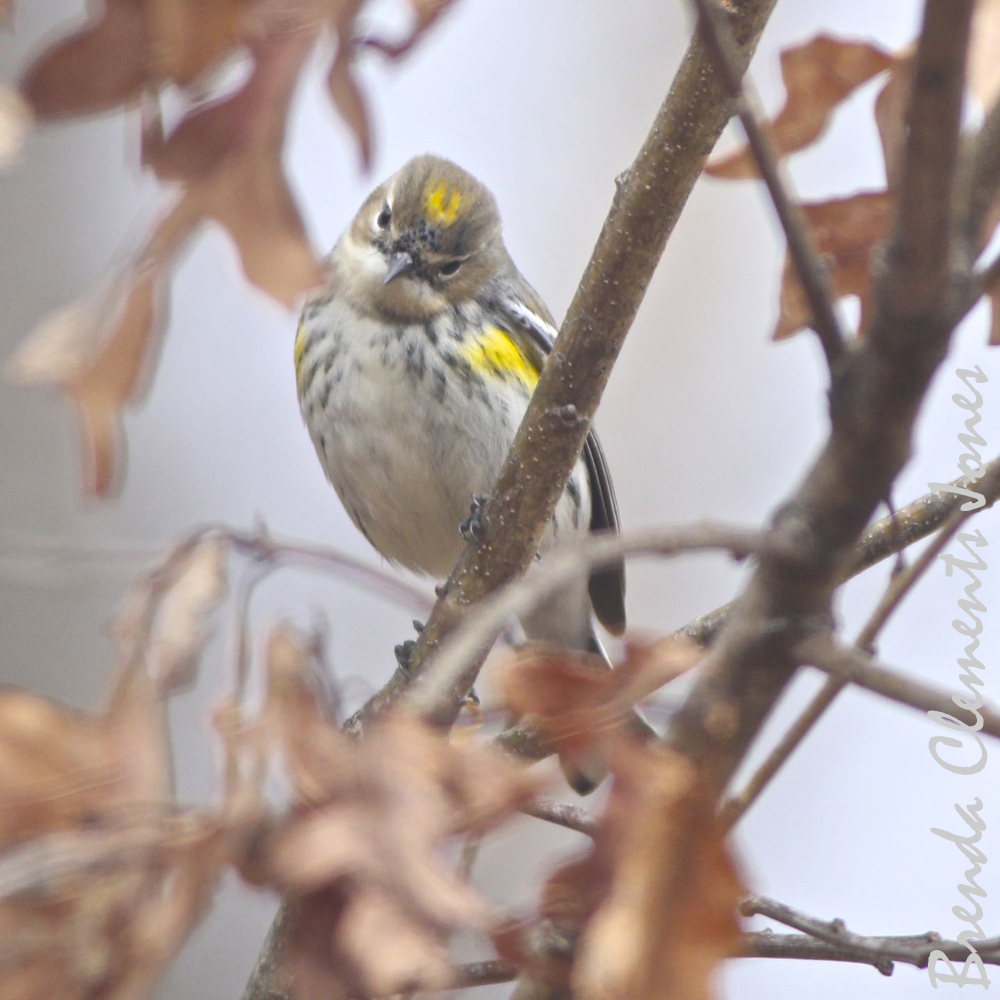
An occasional visitor to my bird bath, in Virginia’s Blue Ridge Mountains. A Yellow-rumped Warbler (Setophaga coronata). Fondly called Butterbutts by birders. If you don’t have a bird bath, I sure recommend one equipped with a water warmer to keep the water from freezing during the coldest that winter can throw at you. These warblers…
-
Jeffersonia or Twinleaf
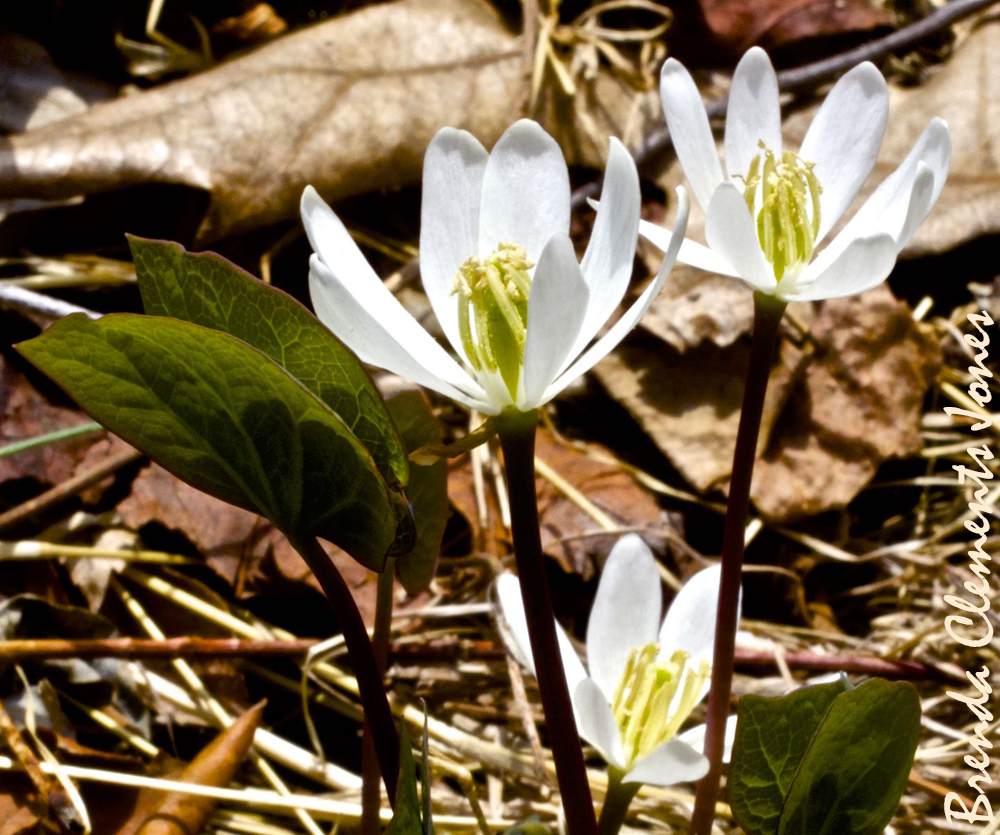
Jeffersonia (Jeffersonia diphylla). In 1792 the botanist Benjamin Smith Barton named this plant after Thomas Jefferson. In 1807 Jefferson had Jeffersonia growing in one of the oval flower beds of Monticello. I’m proud to have something in common with my neighbor Thomas. Within a matter of four weeks I’ll be searching for these little signs…
-
White-breasted Nuthatch
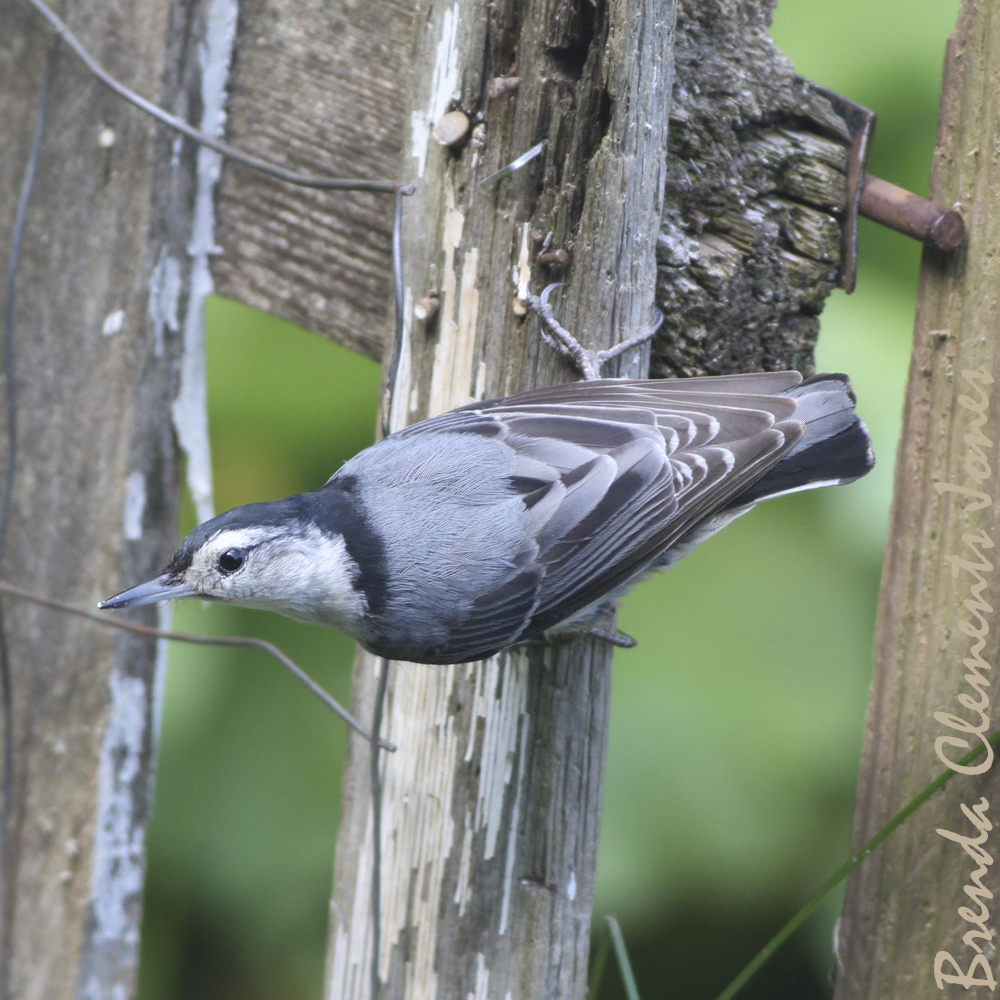
Yesterday’s post was about an irruptive visitor. The tiny Red-breasted Nuthatch (Sitta canadensis) who shows up in the woods of the Blue Ridge Mountains of central Virginia, if its usual seed supply is less than optimal. But there’s another Nuthatch that lives here all year long. The White-breasted Nuthatch (Sitta carolinensis). It is fun to…
-
Queen Anne’s Lace

Have a cup’a Queen Anne’s Lace, Daucus carota. As the Queen Anne’s Lace flower ages and seeds develop the umbel curls up, creating a lovely cup, as I’ve caught in this image. Queen Anne’s Lace is not native to our continent, but to Europe and southwest Asia. It is said to have some beneficial use…
-
Chicory

It has a color that pulls me in, bright medium blue, with a smidgeon of purple thrown in. It tugs at my heartstrings. Chicory, Cichorium intybus, is native to Europe but has become naturalized in many parts of North America, and is part of the roadside landscape here in central Virginia. Chicory is a tough plant, sending…
-
Trilliums

Late April and early May is Trillium time in the Blue Ridge Mountains of Virginia. Seeing Trillium along the trails in the mountains close to my cabin has inspired me to include them in my gardens. Little by little, as the saying goes. Yes, little by little, I am getting Trillium incorporated into my cabin…
